Advancing Joint Health: A Comprehensive Understanding from Glucosamine Origins to Modern Clinical Validation
by LYL Admin, 05 Sep, 2024
Advancing Joint Health: A Comprehensive Understanding from Glucosamine Origins to Modern Clinical Validation
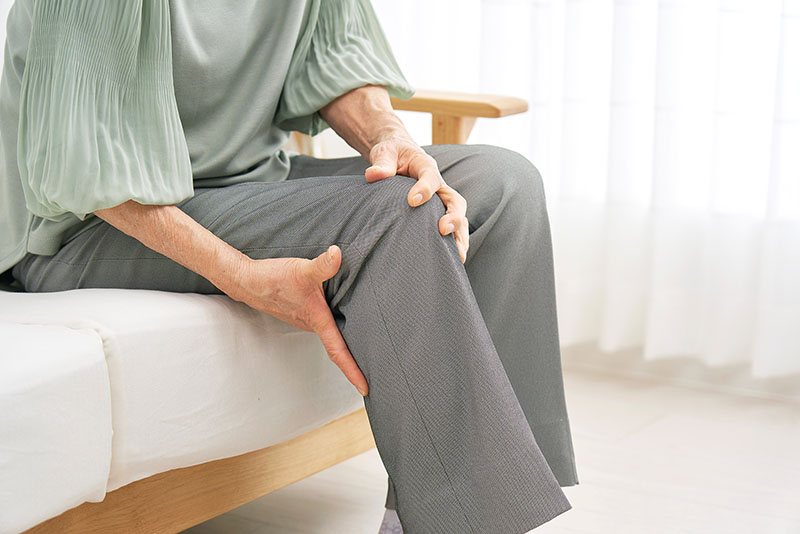
The Origin of Glucosamine (GlcN)
The 1996 publication Arthritis Treatment sparked widespread interest in the United States regarding oral GlcN as an effective therapy for osteoarthritis (OA) (Arthritis Treatment, 1996【1】). This was further popularized in 2004 by the book The Arthritis Cure: The Medical Miracle That Can Halt, Reverse, and Even Cure Osteoarthritis (The Arthritis Cure, 2004【2】). These publications, along with anecdotal reports of pain relief from oral GlcN and the lack of safe and effective hospital treatments to slow OA progression, laid the foundation for the GlcN market targeting OA and other joint disorders.
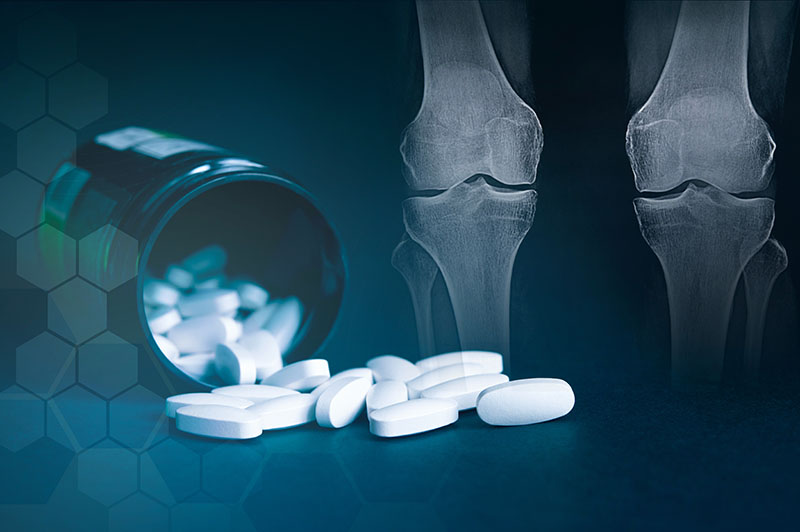
Controversy Surrounding Oral Glucosamine
In 2009, researchers from Rush University Medical Center, Chicago, raised questions about the effects of oral GlcN on joint health (Rush University Medical Center, 2009【3】). One concern was the apparent superiority of GlcN sulfate over GlcN HCl, which was largely based on studies funded by proprietary manufacturers of GlcN sulfate. Although meta-analyses suggested possible efficacy for OA treatment with GlcN sulfate, there is insufficient mechanistic or independent evidence to establish any fundamental difference between the two forms.
Another key issue is that the effectiveness of GlcN salts has been shown to depend on achieving extracellular concentrations in the millimolar (mM) range. These levels exceed the concentrations typically found in synovial fluid and joint tissues by 100 to 1,000 times. This limitation was further highlighted in a 2013 study by the University of Liège, Belgium, which presented nine points of discussion on the physiological impact of oral GlcN on joint health (University of Liège, 2013【4】). In addition to debates over effective dosage and safety, the study called for targeted research to determine whether GlcN influences oxidative stress, mitochondrial function, autophagy, and responses to cytokines and growth factors.

Transdermal Absorption as a Direct Approach
Given the challenges surrounding oral GlcN, transdermal delivery offers a promising alternative. LY Vital-G Body Maintenance Cream addresses these limitations by utilizing phospholipid-based microemulsions, a commonly used transdermal drug delivery system. Transdermal drug delivery systems (TDDS) have garnered significant attention as alternatives to oral administration, particularly for compounds like GlcN that face challenges in bioavailability (Alexander et al., 2012【5】). Among various TDDS, phospholipid-based microemulsions have emerged as effective carriers due to their unique properties (Jain, Patel, & Bansal, 2015【6】). Phospholipids, as essential components of biological cell membranes, exhibit a strong affinity for and integrate with the stratum corneum when applied topically. This biocompatibility and biomimetic property enable the cream to deliver active ingredients, including GlcN and MSM, directly to affected areas.
Incorporating Methylsulfonylmethane (MSM)
LY Vital-G Body Maintenance Cream also features MSM, a well-known dietary supplement for managing OA, naturally found in various fruits, vegetables, grains, and animal products. MSM is scientifically proven to inhibit the release of pro-inflammatory mediators in LPS-induced murine macrophages by downregulating NF-κB signaling (Research on MSM and NF-κB signaling,【7】). This dual-action formula helps alleviate pain and inflammation while supporting joint health.
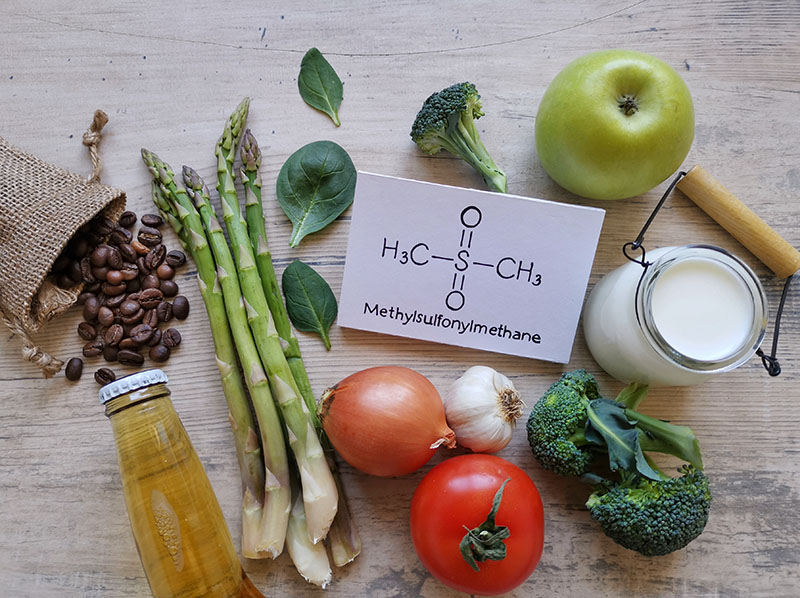
Clinical Research and Validation
LY Vital-G Body Maintenance Cream is formulated with natural ingredients and has been marketed for several years, earning a strong reputation for its efficacy. To further enhance its scientific credibility, clinical trials in collaboration with orthopedic and sports medicine departments (approved by an Institutional Review Board, IRB) are currently underway (LYL Team, 2024【8】). These trials aim to validate the cream's effectiveness scientifically, with plans to publish the findings in international academic journals.
By combining the benefits of GlcN and MSM in a targeted, transdermal delivery system, LY Vital-G Body Maintenance Cream offers a natural and effective solution for joint discomfort and mobility support, addressing both the limitations of oral GlcN and the growing demand for safe, science-backed alternatives.
References
【1】Arthritis Treatment, 1996.
【2】The Arthritis Cure: The Medical Miracle That Can Halt, Reverse, and Even Cure Osteoarthritis, 2004.
【3】Rush University Medical Center. (2009). Effectiveness of Oral Glucosamine on Joint Health.
【4】University of Liège. (2013). Physiological Impacts of Oral Glucosamine on Joint Health: A Discussion Paper.
【5】Alexander, A., Dwivedi, S., Ajazuddin, et al. (2012). Approaches for breaking the barriers of drug permeation through transdermal drug delivery. Journal of Controlled Release, 164(1), 26-40.
【6】Jain, S., Patel, V. V., & Bansal, A. K. (2015). Transdermal Drug Delivery of Anti-Arthritic Drugs: Strategies and Innovations. Current Drug Therapy, 10(2), 112-123.
【7】Research on MSM and NF-κB signaling pathways in LPS-induced murine macrophages.
【8】LYL Team (2024). The Commitment Behind IRB Processes: Building Consumer Trust with LY Vital-G Body Maintenance Cream
Other Articles

LY Anti-Aging CC Primer | New Fragrance ...
Discover LY Anti-Aging CC Primer Cream – the effortless beauty essential that hydrates, protec...
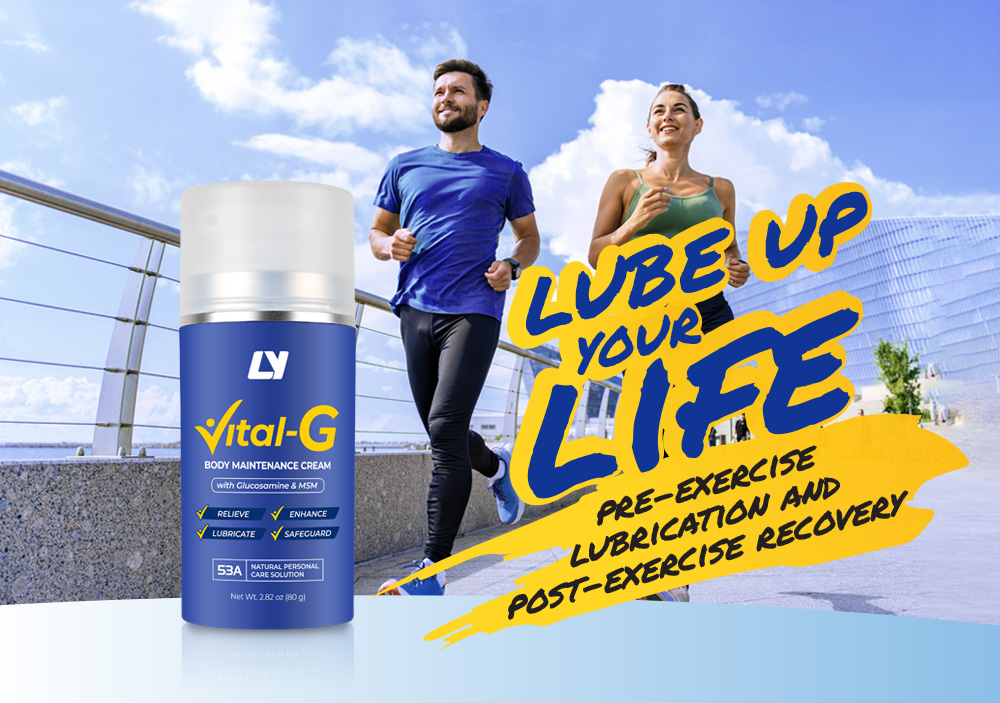
How LY Vital-G Body Maintenance Cream Su...
The LY Vital-G Body Maintenance Cream, formulated with Glucosamine and MSM, is designed to promote j...
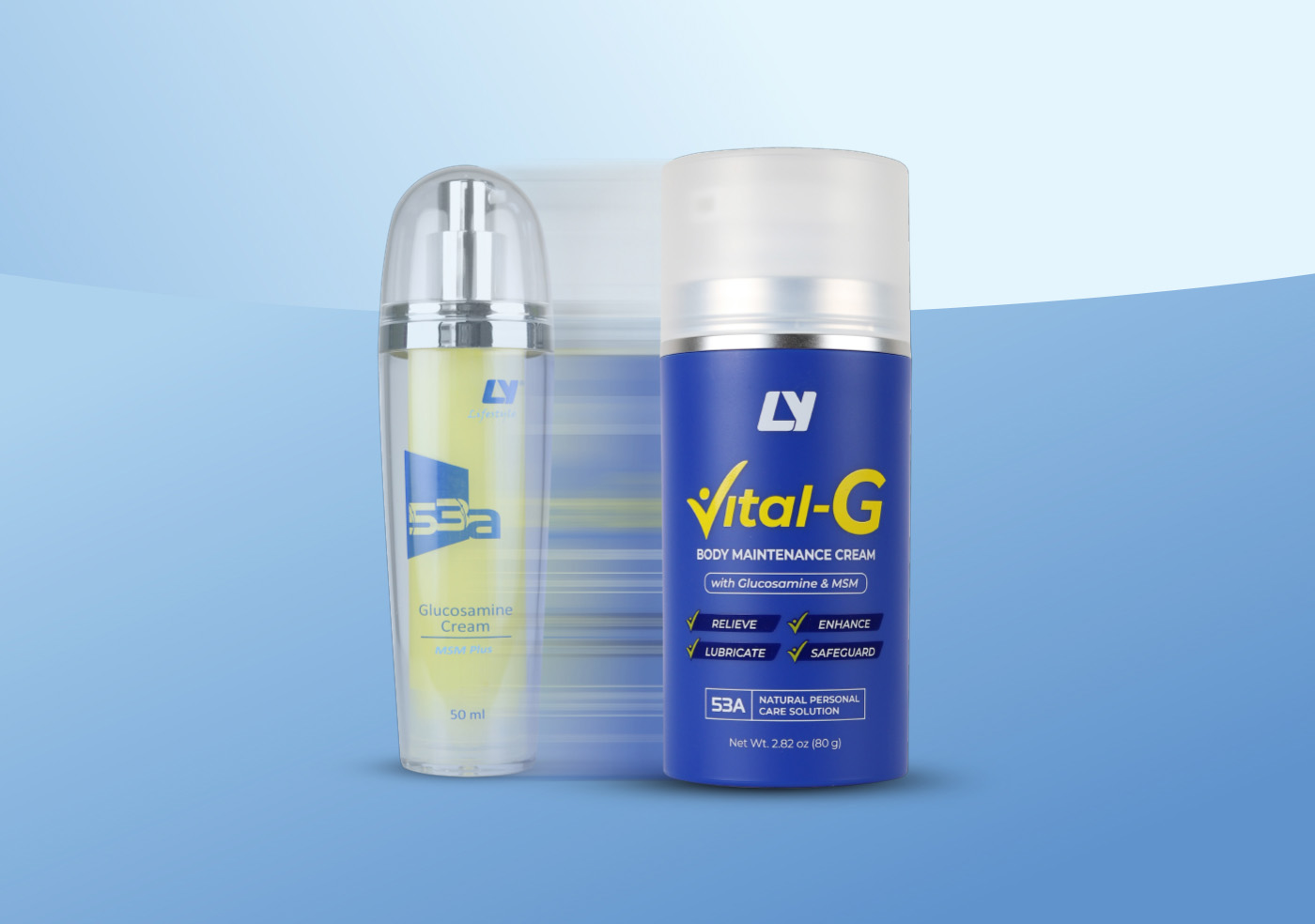
LY 53A Vital-G Body Maintenance Cream (w...
Unlock the secret to long-term vitality and holistic body wellness. Combining natural ingredients wi...

Pre-Exercise Lubrication and Post-Exerci...
Maintaining optimal muscle and joint health is essential for anyone engaging in physical activity, w...
